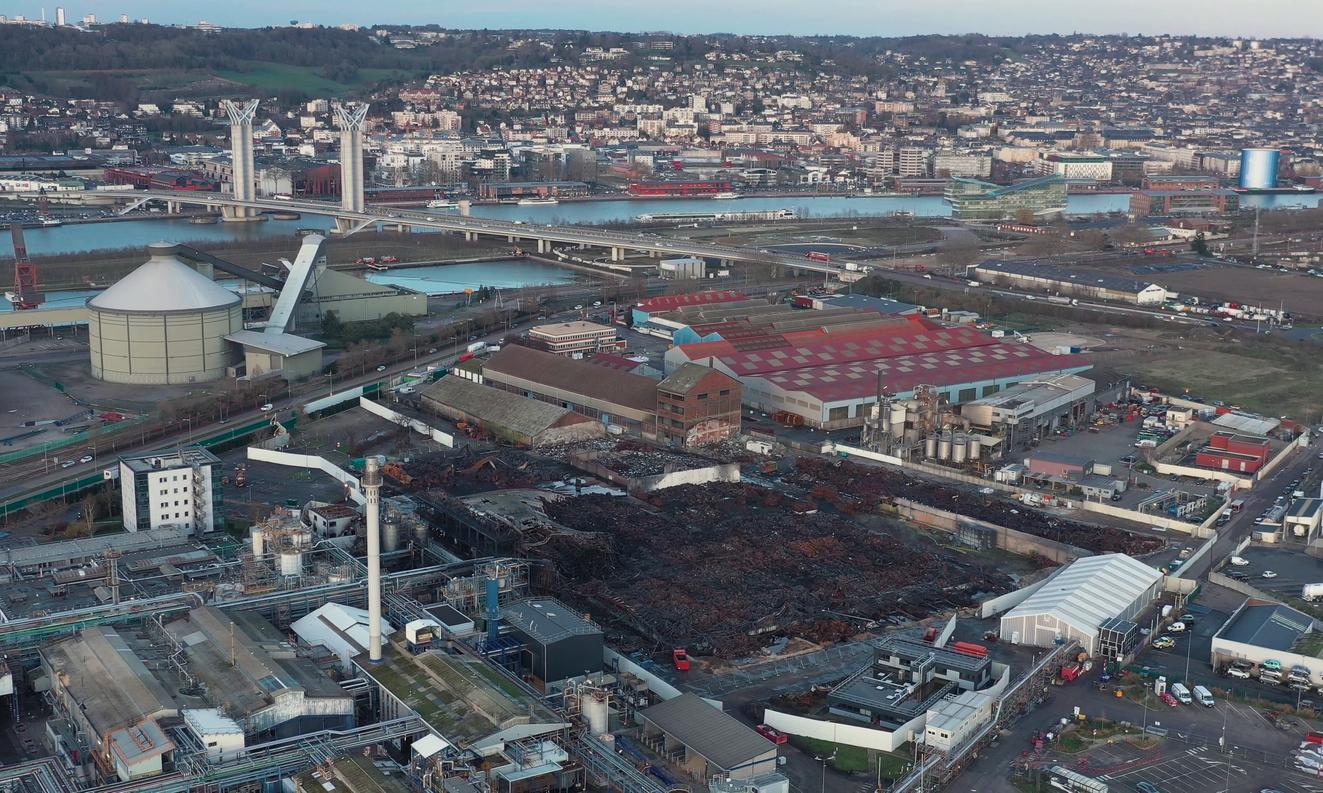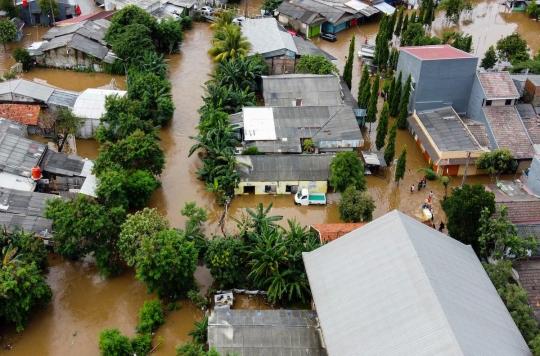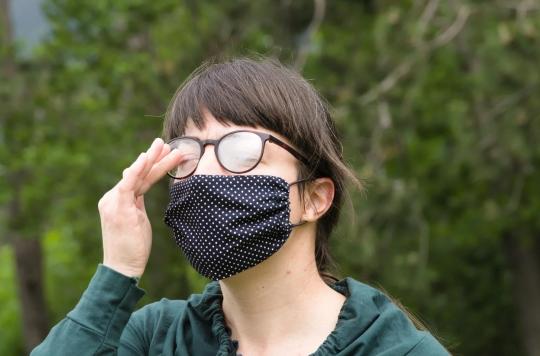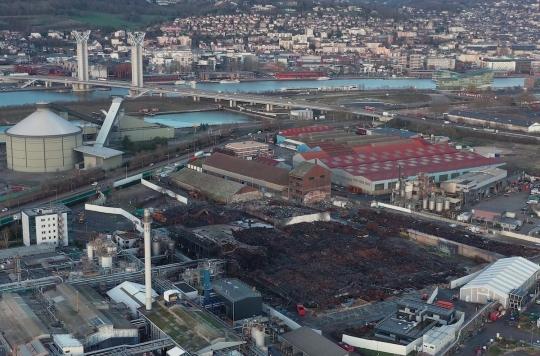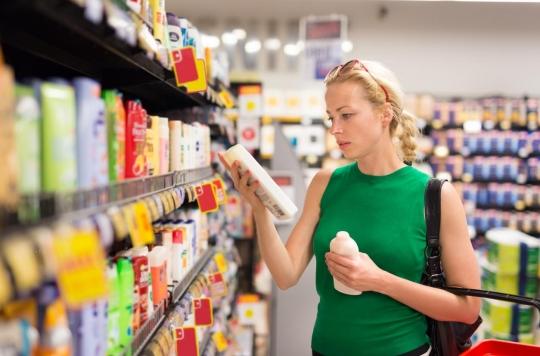On October 1, the Seine Maritime prefecture published the list of chemical substances that burned in the fire at the Lubrizol factory in Rouen. But this new information and the government’s reassuring announcements are not enough to calm the anger of local residents. The creation of a parliamentary fact-finding mission was announced on October 2 to shed light on this fire and the government has set up a toll-free number to answer questions from residents, 08 00 009 785.
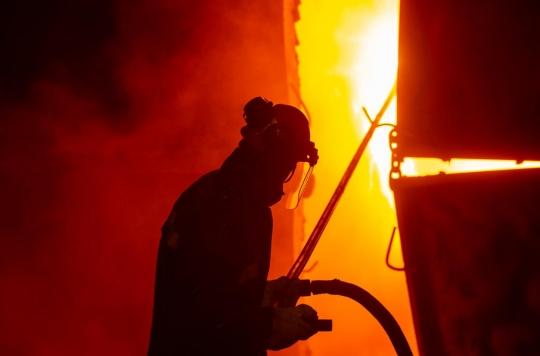
We know a little more about the fire at the Lubrizol factory in Rouen. Tuesday 1erOctober, the prefecture of Seine Maritime published on its website the list of chemical substances which burned in the factory classified as “Seveso high threshold” last Thursday. In all, 5,253 tons of products were destroyed, including more than 60% of multi-purpose additives. “Not all products are dangerous. The dangerousness depends on the quantity present, the fate of the molecules after burning and the way in which one is exposed (skin contact, inhalation, ingestion)”, is it specified on the site. 479 safety data sheets have also been published which “specify the characteristics of the products and the associated risks, in particular in the event of combustion”.
A sampling campaign (air, water, soil, food, etc.) “started from the start of the accident” will be adapted “and if necessary supplemented in order to carry out a quantitative assessment of the health risks which will take place over several weeks” , assures the prefecture while many residents are worried about the possible impacts of the fire on their health and demonstrate for more transparency.
The Ineris and ANSES agencies will be consulted
After receiving the results of the first surveys carried out on Friday, the Normandy prefecture assured that there was no “high risk” linked to asbestos in the air and that the water was drinkable. However, 160 drums in delicate condition still have to be evacuated from the site. The latter “contain a product which includes sulfur and whose heating can produce mercaptan and H2S (hydrogen sulphide) which is much more toxic than mercaptan”, specifies the Director of the Regional Directorate for the Environment, Planning and Housing (Dreal) of Normandy, Patrick Berg. If “mercaptan and H2S are compounds of concern”, “it has not been detected”, he assures.
Since the fire, the government has also multiplied reassuring words and promised “transparency”. “The public agencies responsible for industrial risks (Ineris) and health (Anses) will be consulted on the possibility of looking for new products in the fallout”, announced the Minister for Ecological Transition Elisabeth Borne on Tuesday.
“We give the whole truth”, assures the government
“Since the end of 2017 and for security reasons that everyone can understand, the full list of substances present on Seveso sites is no longer made public“, even if “it is known” by the authorities, Prime Minister Edouard Philippe declared to the Assembly before publication of these data, insisting on the fact that the analyzes made “appear a usual state of the quality of the air”. “At every moment and at every moment we tell the truth as we know it (…) The analyzes, we have not tampered with them, we give the whole and transparent truth”, assures the spokesperson of the government, Sibeth Ndiaye, this Wednesday, October 2 on European 1.
But for the time being, these various announcements do not seem to calm the concern and the anger of the residents who gathered by the thousands on the evening of October 1 in the city center of Rouen. to demonstrate. “Lubrizol guilty, the state accomplice”, they chanted in particular, complaining that the information disclosed by the prefecture of Seine-Maritime is “neither complete nor sincere”.
.









